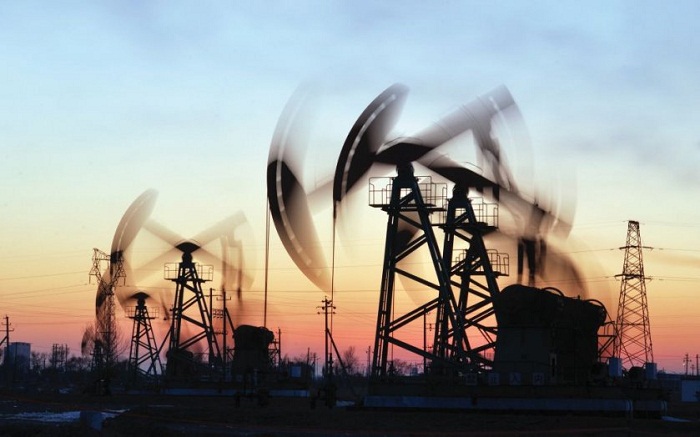While most of those projects are from tight oil shale plays in the U.S., where cost of production is higher than most parts of the world, they are expected to produce 9 million barrels per day (mbpd) through the next decade if prices are $60 a barrel or higher.
However, if crude prices remain at $50 a barrel, then most of these projects face cancellation or deferral, Wood Mackenzie warned.
The reason why the world needs additional oil from the U.S. is because the global oil market could face supply shortages in meeting the rising worldwide demand over the next decade if prices remain at their current levels of below $50 a barrel.
"Over 20 mbpd needs to be developed by 2025 to offset production declines from existing fields and meet future demand growth," Wood Mackenzie said in its report titled "70 percent of pre-FID oil projects commercial at US$60/bbl."
Although global break-even costs have fallen by $19 a barrel on average around the world, and some high-cost U.S. shale plays like the Eagle Ford formation in Texas have break-even below $40 per barrel, most deepwater projects still require prices to be higher.
"Only 20 percent of volumes commercial at $60 per barrel comes from deep and ultra-deepwater ... the majority of conventional projects are not commercial at $60 a barrel ... higher prices or significant additional cost reductions are needed for many to be commercial," Patrick Gibson, research director of Global Oil Supply at Wood Mackenzie said in the report.
Most of the deepwater regions in the world still have "significantly higher cost and are struggling to compete with most onshore projects," he added.
Gibson stressed that the price of crude is a significant factor to provide enough incentive for producers to bring these projects onstream in order to meet the demand in the market.
In addition, he cited corporate strategy, break-even calculations, funding and portfolio management as other dynamics to decide on the timing and viability of such projects.
More about:
















































